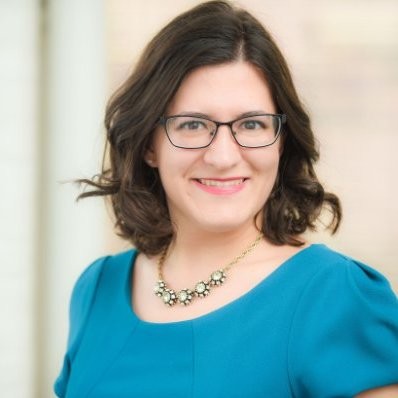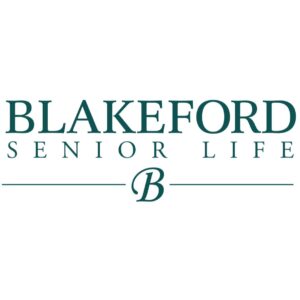NIC reports lowest SNF occupancy rates ever
Skilled nursing homes saw their lowest occupancy rates in the fourth quarter of 2016 since National Investment Center for Seniors Housing & Care (NIC) began collecting data in late 2011.
Occupancy rates declined 0.8 percent from of 2016 from 82.6 percent to 81.8 percent, according to NIC’s latest quarterly Skilled Nursing Data Report.
The report also found Medicaid was not only the primary source of patient volume but a continued growing percentage of the total patient days in Q4 2016 at 66.2 percent, up from 64.9 percent in the Q4 2015. Revenue per patient day from Medicaid was up 0.9 percent quarter-over-quarter, and 1.8 percent year-over-year, the highest mark in the data series at more than $200 but still less than wage inflation, which was greater than 3 percent.
“The growth in Medicaid mix is significant as federal officials consider proposals to make major changes to the Medicaid program, which is the primary funding source for frail seniors in nursing homes,” said Robert Kramer, NIC’s founder and CEO, in a press release. “As the number of frail seniors in the United States continues to rise in the years ahead, whatever is decided on Medicaid payment reform will impact this vulnerable population.”
The Medicare mix fell to its lowest point in the past five years last quarter at 12.9 percent. Year-over-year Medicare mix decreased 0.9 percent. The decline in managed Medicare revenue per patient day slowed by more than 50 percent from fourth quarter year-over-year. But the slowest decreases over the past six quarters, suggesting year-over-year decreases may continue to slow over time.
Skilled mix was up slightly from 24 percent to 24.3 percent, possibly spurred by an early flu season, which usually results in higher skilled nursing admissions. The mix declined 0.8 percent year-over-year from 2015 to 2016.

Nicole was Senior Editor at I Advance Senior Care and Long Term Living Magazine 2015-2017. She has a Journalism degree from Kent State University and is finalizing a master’s degree in Information Architecture and Management. She has extensive studies in the digital user experience and in branding online media. She has worked as an editor and writer for various B2B publications, including Business Finance.
Related Articles
Topics: Executive Leadership , Facility management , Finance , Operations











